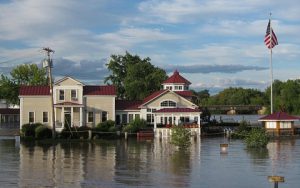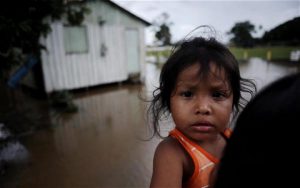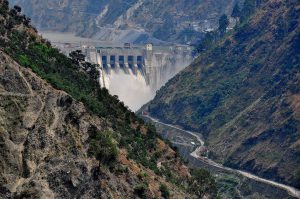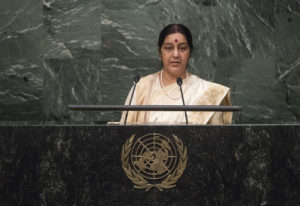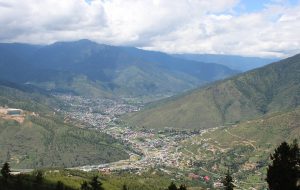The study by Climate Central, a non-profit news organisation focusing on climate science, showed that twelve other nations have more than 10 million people living on land that would be destroyed should the earth’s temperature rise to 4C.
As well as China, India, Bangladesh, Vietnam, Indonesia, Japan, the US, Philippines, Egypt, Brazil, Thailand, Myanmar, and the Netherlands are extremely vulnerable – in descending order starting with the countries most at risk.
“Roughly a quarter of the world’s people who live on land at risk from 4C warming are living in China. That is more that twice as many as who live on vulnerable land in Europe and the US combined,” said Climate Central’s lead scientist, Benjamin Strauss.
“The Shanghai region by itself has more than 20 million people living on land that could be lost,” he added.
The report, called Mapping Choices: Carbon Climate and Rising Seas – Our Global Legacy, published in November 2015, noted that China has the most to gain from limiting global warming to 2C – one of the temperature targets agreed at the Paris climate conference in December.
A 2C cap would cut the number of Chinese citizens living in threatened urban areas to from 145 million to 64 million.
Google Earth created a series of three dimensional maps to accompany the study, which allow you to visualise what cities will look like under water in four different temperature scenarios: 1.5C (which was also backed at the Paris summit but is seen as increasingly out of reach), 2C (the internationally ratified goal), 3C and 4C.
The climate group has also created ‘fly-over’ videos for many coastal cities around the world, using 3D building data made available to the public. The interface allows viewers to type in the name of a city or postcode and explore what future flood levels could be where they live.
A Google Earth 3-D video showing what world cities will look like at different stages of global warming
A carbon path that limits warming to 2C would reduce exposure for more than 10 million in each listed nation (except for in China, Myanmar and the Netherlands). In Vietnam, exposure would be reduced by 44%, 45% in Brazil and 13% in the Netherlands, said the report.
Global megacities with the top ten populations most at risk from rising sea levels include Shanghai, Hong Kong, Calcutta, Mumbai, Dhaka, Jakarta, and Hanoi.
The predictions were based on predicted median sea level rise data and global elevation data, with a tendency to “understate exposure”.
The results do not, however, account for the building of present or future shoreline defences, such as artificial embankments.
Credits: Google Earth video editing: Ted Blanco. Google Earth virtual cinematography: Dan Dodson


